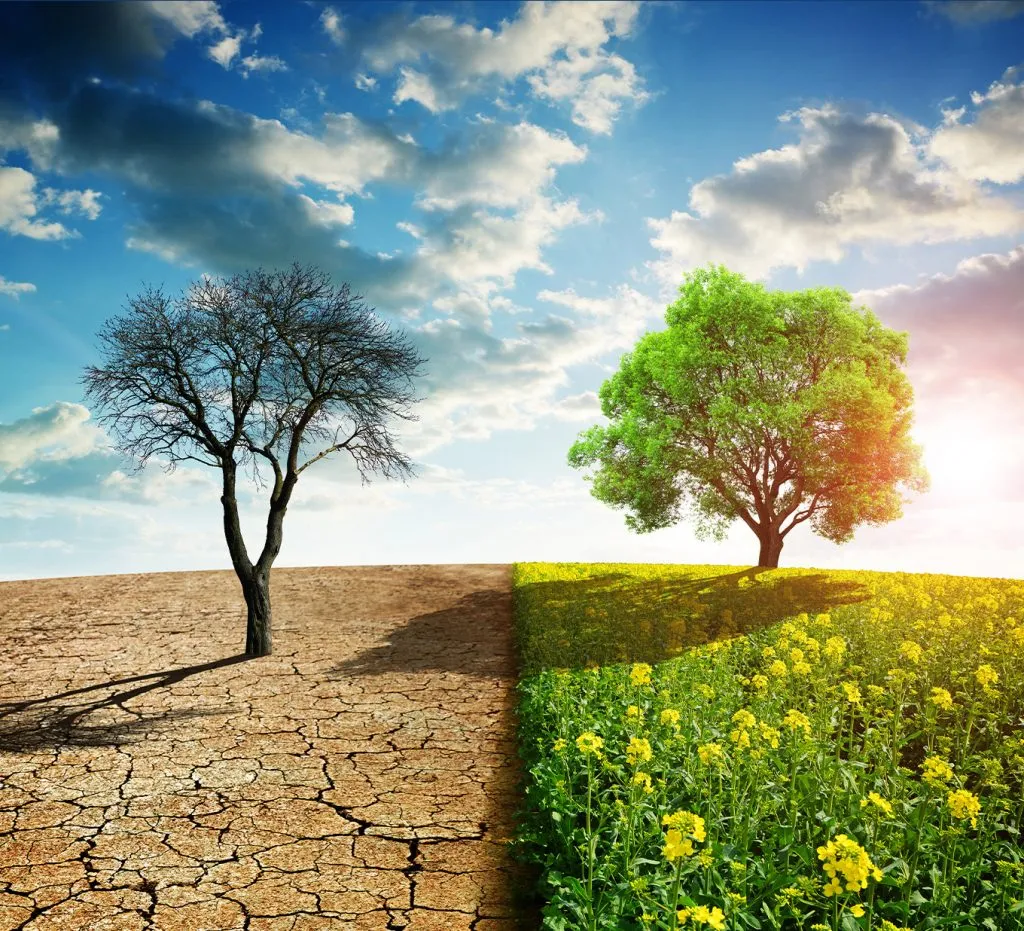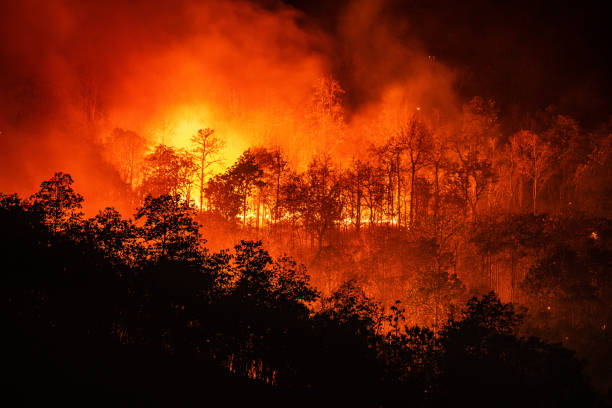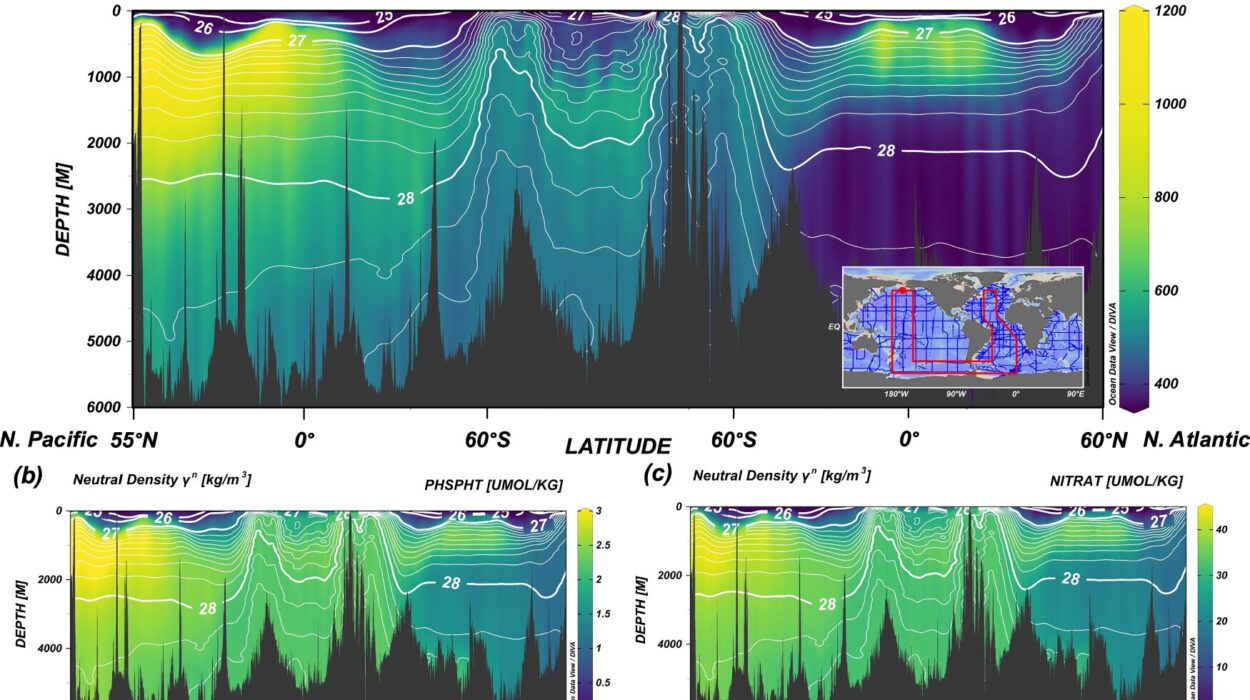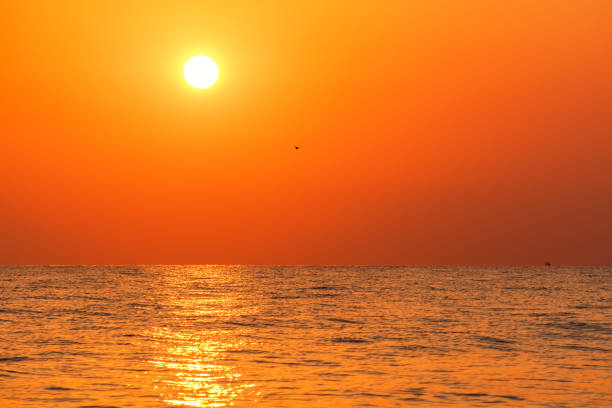High above the Earth’s surface, in the thin veil of air that makes life possible, something invisible is happening. You can’t see it, you can’t hold it, but you can feel it—in stronger storms, longer droughts, warmer winters, and rising seas. It’s not just the weather. It’s a story written in ice cores, coral reefs, and tree rings. It’s a silent transformation with loud consequences. This is the story of climate change, the defining challenge of our time.
Understanding climate change isn’t just about knowing scientific facts. It’s about connecting those facts to the world we live in, the lives we lead, and the future we face. It’s about peering beneath the surface of news headlines and data charts to grasp a global drama unfolding across decades and continents. And it’s about realizing that the story isn’t over—we’re still writing the next chapter.
So, let’s step into this unfolding story together. Let’s look closely, think deeply, and feel fully what it means to live on a planet that’s warming. This is not just about polar bears or melting glaciers—this is about us.
The Breath of the Earth: What Drives the Climate
To understand climate change, we must first understand the climate itself. Earth’s climate is like a living, breathing system. Sunlight pours in, heating the planet. Some of that heat radiates back into space, while some is trapped by a delicate layer of gases in the atmosphere—carbon dioxide, methane, water vapor, and others. This natural insulation is what makes Earth habitable. Without it, our planet would be an icy rock, inhospitable to life as we know it.
This is the “greenhouse effect,” a term you’ve probably heard. It’s not a theory or a speculation; it’s a well-understood physical process, as basic to science as gravity. But here’s the catch: when that blanket of gases thickens too much, too fast, the planet heats up beyond its natural rhythm. And that’s exactly what’s happening now.
For over 10,000 years, the climate remained relatively stable, allowing human civilizations to flourish. But the industrial revolution marked a turning point. We began burning massive amounts of coal, oil, and gas—fossil fuels that release carbon dioxide and other greenhouse gases into the atmosphere. What once was balanced began tipping.
Reading the Past: Clues from Ice, Oceans, and Trees
How do we know the climate is changing? Scientists read Earth’s history like detectives at a crime scene, looking for clues in the most unlikely places. Deep in Antarctica, scientists drill through layers of ice that date back hundreds of thousands of years. Each layer traps tiny bubbles of ancient air, preserving a snapshot of the planet’s atmosphere from long ago.
These ice cores tell a sobering tale. They show that carbon dioxide levels have never been this high in the last 800,000 years. In fact, the rate of increase is unprecedented in Earth’s recent history. It’s not just that the planet is warming—it’s that it’s warming at a pace far faster than anything our ecosystems or societies have ever experienced.
Tree rings, coral reefs, and sediment layers in lakebeds all confirm the same message. The Earth is changing. And it’s changing because of us.
The Human Fingerprint: How We Know It’s Us
Skeptics often ask: how do we know climate change isn’t just natural variation? After all, Earth has experienced ice ages and warm periods before. That’s true. But what makes today’s warming different is the cause, the speed, and the consistency with human activity.
Sophisticated climate models can simulate natural factors like solar cycles and volcanic eruptions. Alone, these factors don’t explain the rise in temperatures we’ve seen in the last century. Only when human-produced greenhouse gases are added do the models match what we’re observing.
Satellite measurements show the Earth is absorbing more heat than it’s releasing. Carbon isotopes in the atmosphere tell us the excess carbon dioxide comes specifically from fossil fuels. Ocean chemistry shows a clear fingerprint of human emissions in rising acidity levels. The evidence doesn’t point to natural cycles. It points to us.
A Fever Sweeping the Earth: What’s Happening Now
The symptoms of a warming world are everywhere. Global temperatures have risen by over 1.1 degrees Celsius (2 degrees Fahrenheit) since the late 19th century. That may not sound like much, but in climate terms, it’s enormous. It’s the difference between thriving ecosystems and collapsing ones, between manageable weather patterns and chaos.
Heatwaves are becoming more frequent and severe, setting records year after year. Wildfires are burning hotter and longer, turning forests into ash. Hurricanes are intensifying over warmer waters, carrying more rain and stronger winds. Sea levels have risen about 8 inches in the last century, displacing communities and eroding coastlines.
The Arctic is melting faster than predicted, opening up new shipping routes and geopolitical tensions but devastating wildlife and indigenous cultures. Coral reefs, vibrant underwater cities that support marine life, are bleaching and dying under the stress of warmer waters.
The list goes on. Droughts that parch farmland. Floods that destroy homes. Climate refugees forced to flee lands that can no longer sustain them. What once seemed far away is now at our doorstep.
Tipping Points: The Fragile Threads Holding It All Together
Perhaps the most alarming aspect of climate change isn’t just the visible impacts. It’s the looming possibility of tipping points—thresholds beyond which changes become irreversible and self-sustaining.
Imagine a glacier melting. As it retreats, it exposes dark rock that absorbs more heat, accelerating the melt. Or consider the Amazon rainforest: if deforestation and warming push it past a certain point, it could turn from a carbon sink into a carbon source, releasing vast amounts of CO₂ instead of storing it.
The permafrost of the Arctic holds massive quantities of methane, a potent greenhouse gas. As it thaws, it could release this gas in large amounts, turbocharging warming in a dangerous feedback loop.
These tipping points are like dominoes. Push one too far, and others may fall. Scientists don’t know exactly where all these thresholds lie—but we are dangerously close to finding out.
Climate Injustice: A Global Problem with Unequal Burdens
While climate change is a global problem, its effects are not felt equally. The irony is painful: those who contributed least to the problem often suffer the most.
Small island nations face rising seas that threaten to erase them from the map. Sub-Saharan Africa endures intensified droughts and failed crops. Coastal communities in Asia brace against stronger cyclones. Indigenous peoples, who have lived sustainably for generations, now find their lands unrecognizable.
Meanwhile, the world’s wealthiest nations, historically responsible for the majority of greenhouse gas emissions, have more resources to adapt and recover. This is not just an environmental crisis—it is a moral one.
Climate change deepens existing inequalities, hitting the poor harder, increasing conflict over resources, and forcing migration on a scale the world is unprepared for. Solving it means more than cutting emissions. It means addressing justice, fairness, and human dignity.
The Role of Nature: Friend, Victim, and Ally
Nature is not just a casualty of climate change—it’s also a powerful ally. Forests absorb vast amounts of carbon. Wetlands filter water and buffer against floods. Oceans regulate temperatures and store heat.
But these systems are under threat. When we cut down forests, drain wetlands, and pollute the seas, we weaken Earth’s natural defenses. Protecting nature is not just about conservation—it’s about survival.
Efforts to restore ecosystems, plant trees, rewild landscapes, and protect biodiversity can buy us time and strengthen resilience. Nature-based solutions are not a silver bullet, but they are an essential part of the response.
Technology and Innovation: Tools for Transformation
Human ingenuity created the problem—and it may yet help solve it. Renewable energy sources like solar and wind are now cheaper than fossil fuels in many parts of the world. Electric vehicles are gaining momentum. Cities are redesigning for energy efficiency and resilience. Innovations in battery storage, carbon capture, and sustainable agriculture offer hope.
But technology alone isn’t enough. It must be coupled with bold policy, systemic change, and a shift in how we think about growth, success, and responsibility. We can’t engineer our way out of this without changing the way we live on Earth.
Hope in Action: What the World Is Doing
Around the globe, people are rising to the challenge. Countries have signed climate agreements like the Paris Accord, committing to limit global warming to well below 2°C. Cities are banning diesel cars and investing in green infrastructure. Companies are setting carbon-neutral goals. Activists are mobilizing millions. Scientists, engineers, and everyday citizens are working on solutions.
It’s not enough yet—but it’s a start. Every fraction of a degree matters. Every ton of carbon avoided helps. Every action adds up.
What You Can Do: From Knowledge to Action
You don’t have to be a scientist or politician to make a difference. Understanding climate change is the first step. From there, each of us can make choices that ripple outward—how we travel, what we eat, what we buy, who we vote for, and how we speak up.
Talk about climate change. Educate yourself and others. Support policies that prioritize the planet. Reduce waste. Choose renewable energy if you can. But most importantly, don’t give in to despair.
We are not powerless. We are the first generation to fully understand the threat—and the last that can do something meaningful about it.
The Future We Choose
There’s a quote by Christiana Figueres, one of the architects of the Paris Climate Agreement: “We are not doomed. We are challenged.” That distinction matters.
The story of climate change is not written in stone. It is still unfolding. It is a test of our values, our vision, and our collective will. Will we rise to meet it? Or will we let it slip through our hands?
This isn’t just about science. It’s about imagination, courage, and compassion. The Earth is not a machine to be fixed—it’s a home to be cherished. And while the clock is ticking, it has not yet run out.
If we act wisely, swiftly, and together, we can build a world that is not just sustainable but beautiful, just, and full of life. The future is not yet written. But it begins with understanding—and continues with action.
Let that be our legacy.






